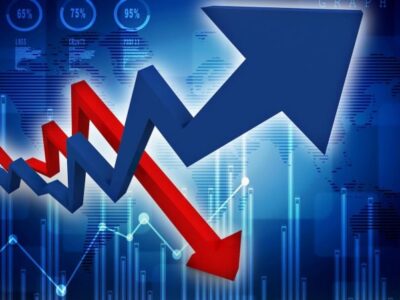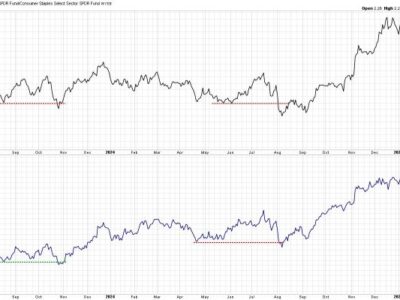
Swaminathan S. Anklesaria Aiyar
Indian Prime Minister Narendra Modi is in the United States for a state visit that is expected to highlight India’s importance as a rising economic and military power, and the only country in Asia that can be a counter to China in the 21st century. Modi’s Bhartiya Janata Party (BJP) has long promoted its Hindu nationalist agenda by claiming that India was the world’s richest region under glorious Hindu rule for thousands of years before being conquered by Muslim invaders in the 11th century and British invaders in the 18th century. The BJP says foreign invaders transformed a sone ki chidiya—a golden bird—into an impoverished chattel. Modi has promised to make India a great world power again, and his U.S. visit aims to be a step in that direction.
The BJP often cites historian Angus Maddison, who estimated that India accounted for 32 percent of world GDP in 1 CE (during the Hindu period), a share that sank to just 4 percent by the time British rule ended in 1947. However, the BJP is cherry picking data from Maddison’s work to create a false historical narrative of a once‐rich country impoverished by foreign invaders. For a full picture, read my new Cato Policy Analysis, “Indian Nationalism and the Historical Fantasy of a Golden Hindu Period.”
A close look at Maddison’s magnum opus, Contours of the World Economy 1–2030 AD: Essays in Macro‐Economic History, tells a less flattering story. India’s high share of world GDP in 1 CE was due mainly to its high share (33.2 percent) in world population. Since this yielded a GDP share of 32 percent, India per capita income was slightly below the world average at just $450 per year. This did not rise at all in a thousand subsequent years of Hindu rule. So, this supposedly golden period was one of stark poverty and economic stagnancy. Conditions were almost as bad in the rest of the world. High mortality, arising from disease, drought, and war kept India’s population stagnant at 75 million for a thousand years till 1000 CE. Simply staying alive was a challenge.
Under Muslim and British rule, India’s GDP edged up. Falling mortality rates meant a significant rise in the population too. This rising population partly offset the rise in GDP, so per capita income grew slowly. Maddison estimates it at $550 in 1700, towards the end of the Muslim period. This edged up to $619 by the time British rule ended. Progress was very slow in the thousand years of Muslim and British rule yet was better than the stagnancy in the preceding thousand years of Hindu rule.
Colonial‐era history books spoke of the great blessings that British imperialism had brought to India. Maddison’s figures show those claims to be absurd. But they also disprove the claim that colonial rule impoverished India.
After becoming independent, India’s GDP rose much faster and mortality rate fell more dramatically than ever before. By 2003, says Maddison, India’s per capita income was up to $2,160. Both in terms of income and life expectancy, India’s golden period—if you can call it that—is today, not in the ancient Hindu past.
India is still a lower middle‐income country, but in PPP (purchasing power parity) terms is already the third largest economy in the world. The World Bank and the International Monetary Fund estimate that it was the fastest‐growing major economy in the world in 2022 and will continue to be so this year. It runs a fiercely independent foreign policy and has refrained from condemning Russia for invading Ukraine. India is a major buyer of Russian oil. Even so the United States sees India as an important strategic partner, though not an ally. That is why Modi’s visit is expected to include the signing of military deals for U.S. supply and coproduction of high‐tech aircraft engines and drones. Despite foreign policy disagreements and worries about the suppression of dissent and liberal values in India, the United States wants to help Modi build an India that will become a major Asian power that can check China’s dominance.








